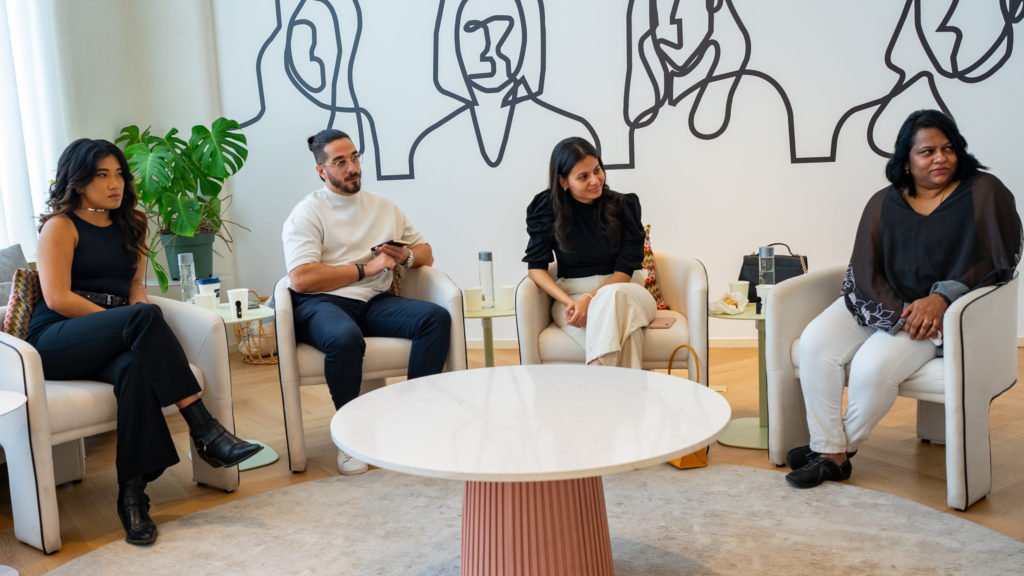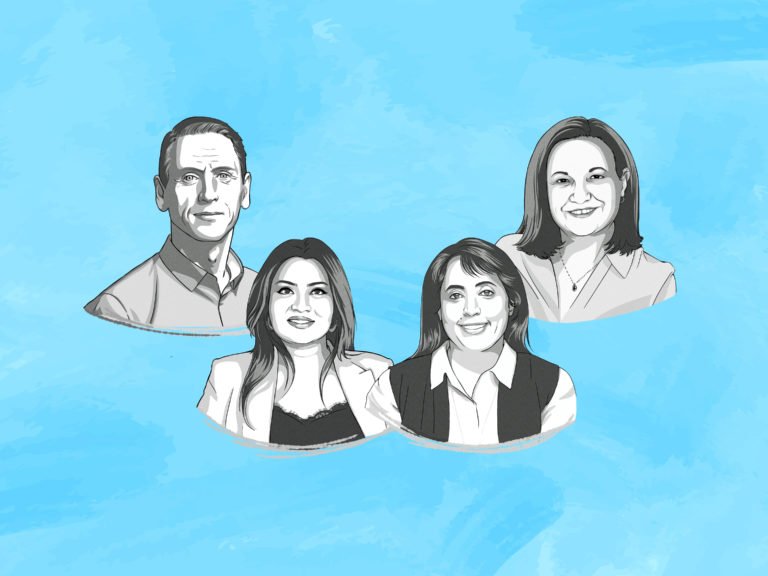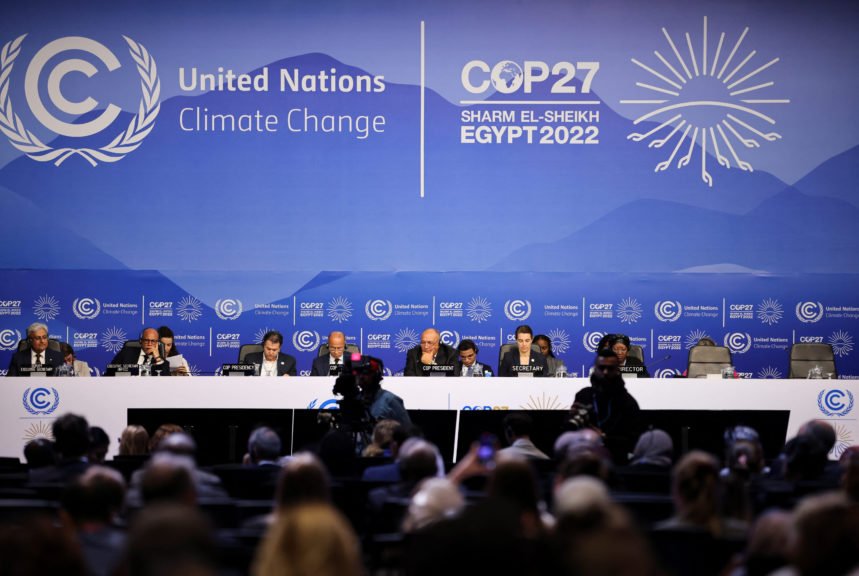Interior design plays an unsung role in the appeal of any retail store or brand. It can first draw customers in and, second, keep them engaged. Retailers worldwide realise this and work with interior designers to create a trendy, relatable space that reflects their brand’s ethos.
Consequently, retail interior design is a constantly evolving field. Knowing the Middle East’s love for luxury, we reached out to five designers and asked them what to keep in mind while designing retail spaces in the Middle East, and what the retailers in region ask for in a retail brief. Here’s a glimpse into their perspectives….







